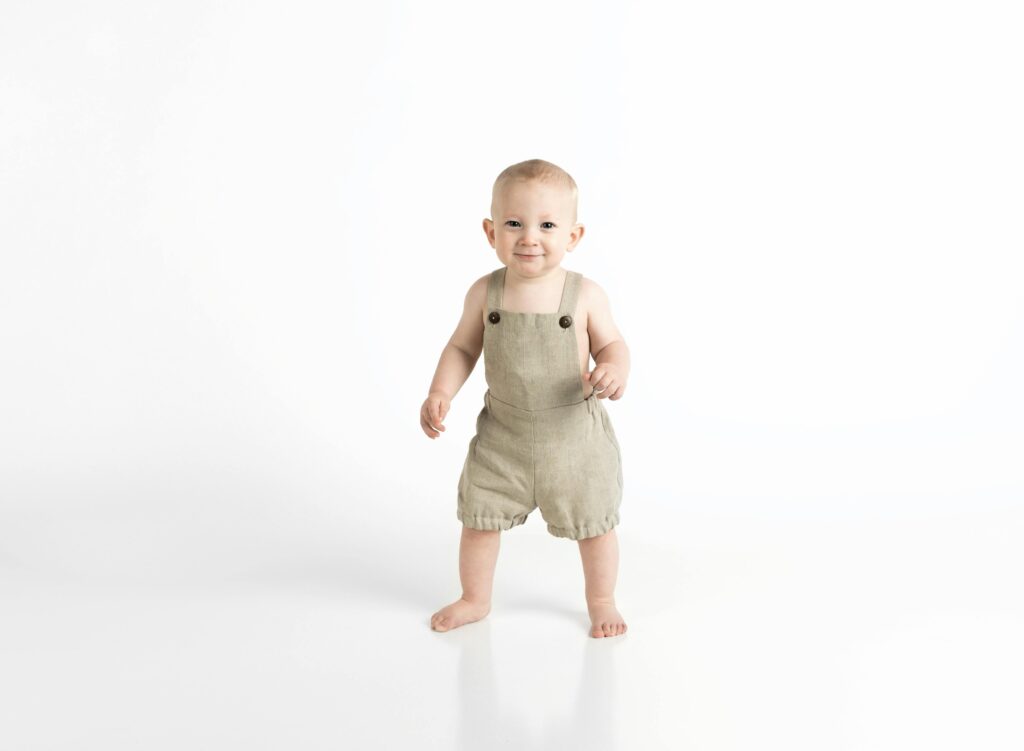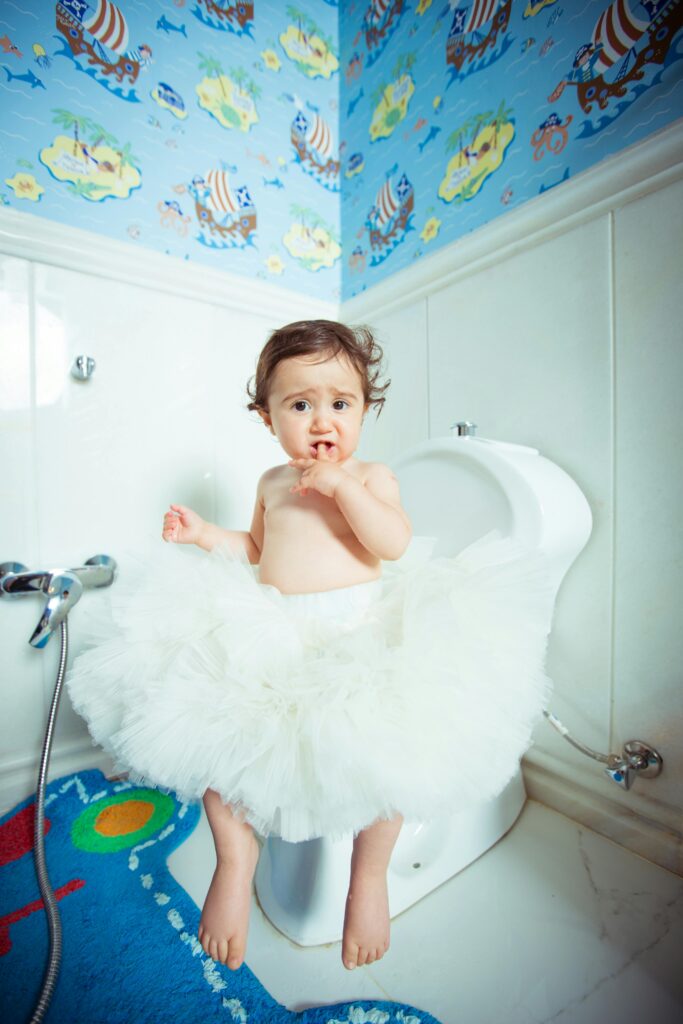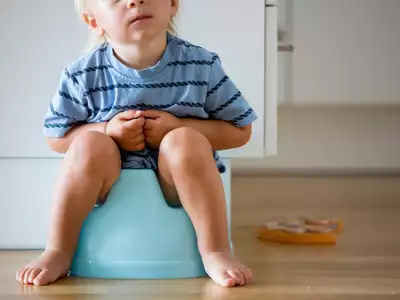Deciding when to begin potty training boys and girls might be difficult, but parents should be reassured if their child isn’t ready. “Life goes on, and one day your child will do it,” says Lisa Asta, M.D., an American Academy of Pediatrics (AAP) spokesman and clinical pediatrics professor at the University of California, San Francisco. Even so, the majority of parents nonetheless have a lot of inquiries concerning giving up diapers. Among the most important is when to begin potty training boys and girls. Every youngster has a different response. For guidance endorsed by experts, continue reading.
Table of Contents
What Is the Common Age To Start Potty Training?

The best age to begin potty training varies depending on the child. “Children will use the potty when they feel like it. According to Dr. Asta, sometimes that occurs at 18 months; other times, it doesn’t until almost four years old. However, most kids begin potty training between 18 and 30 months. According to the AAP, toilet training in the United States often starts when a child is two to three years old.
What Are the Signs?

Your child could be ready to begin potty training if they exhibit any of the following signs:
- Your youngster is dry after naps and remains dry for at least two hours during the day.
- They can comply with multi-step directions, such as walking to the restroom, sitting down, and removing their clothes.
- Wearing “big kid” underpants is something they’re considering.
- Your child can tell when their diaper is moist because they will cry, fuss, or exhibit other overt signs of discomfort.
- They communicate that it’s time to use the restroom by their language, posture, and facial expressions.
How To Start Potty Training Boys and Girls

Implementing potty training correctly is crucial once you’ve determined when to begin. Using these pointers can make the switch from diapers to toilets easier.
Gradually Introduce The Toilet
Around your child’s first birthday, introduce the topic of potty training to spark curiosity. Reading a few kid-friendly books about potty training for your child is one method to do that.
Talking about the toilet in conversation is another option. Sayings like “I have to go pee-pee” or “I wonder if [your child’s favorite stuffed animal] needs to go potty” are appropriate examples. I’m going to the bathroom.” Before your child is developmentally ready to potty train, talking about using the restroom helps increase awareness of the practice. It helps them feel at ease with it generally.
Follow A Schedule For Potty Training
It’s crucial to establish a routine with potty training boys and girls. “The secret is to set aside specific times during the day to use the potty so that it becomes more of a habit,” doctor Wendy Sue Swanson, M.D. of Seattle Children’s Hospital, says. Whether your child needs to go potty or not, think about having them sit on it every couple of hours. It’s best to sit your child on the toilet first thing in the morning, before leaving the house, and before naps and bedtime. Having a Potty Training Chart is proven to be effective.
Direct them to take down their shorts or pants, then their underwear or diaper, and to spend a few minutes (or more if you believe they need to urinate) sitting on the toilet. Then, to pass the time pleasantly, read a book or play a game like 20 Questions.
Offer Praise and Rewards
Accidents are a normal part of the learning process. Many kids only stay dry at night once they are five or six years old, and others continue to have accidents until then (or even later). When your youngster stains or wets their trousers, don’t chastise them; they’re just learning and can’t help themselves. Instead, provide support, kind words of encouragement, and perhaps even a tiny treat when your youngster uses the potty successfully.
Use a sticker chart if you have one. Your child gets a sticker each time they use the restroom; if they obtain three stickers, they get a small prize. “But don’t lose your mind!” advises Scott J. Goldstein, M.D., a clinical pediatrician at Northwestern University’s Feinberg School of Medicine. “Many kids will react to excessive praise exactly as they react to punishment: by getting scared and avoiding doing what they were excessively praised or punished for.”
Teach Proper Hygiene
Instill excellent bathroom hygiene practices in kids’ lives by making hand washing a ritual from an early age. Please have your child wipe, flush, and wash their hands regardless of whether they used the potty.
The CDC advises lathering up with soap, scrubbing for at least 20 seconds, then soaking hands with cool or warm running water. Invest in colored kid-friendly soaps to add some excitement to the hand-washing experience. To prolong the bubbles’ antimicrobial effects, sing a favorite song, such as “Happy Birthday to You” or the “ABC Song,” twice.
Understand That Potty Training Takes Time And Effort
You’d instead finish potty training as quickly as possible, and you’re interested in the three-day potty training method. Experts think that’s okay, but only if it doesn’t get too annoying.
“I see parents who boast that they trained their 2-year-old in a single weekend and then say that the child has accidents four times a day,” adds Dr. Goldstein. Potty training is different from this. When children are ready, they frequently use the restroom alone.”

Furthermore, it’s normal for a youngster who has been potty training for a few days to declare that they want to return to wearing diapers. To avoid a power struggle or a scenario where your child begins to withhold bowel movements regularly, which might result in constipation, you might consent to a short respite. Try asking your child if they would like to wear underwear right when they get up or wait until after lunch to help you incorporate a strategy to resume.
When To Delay Potty Training Boys and Girls
Experts advise against potty training your child during stressful or transitional periods, even if they seem ready. Put off potty training until roughly a month after any significant life transition, such as moving, vacationing, having a baby, establishing new childcare arrangements, or divorcing. Kids attempting to pick up this new talent will perform best if they are calm and follow a schedule. The best way around a schedule is having a potty training chart. When in doubt, find out from a medical professional what the ideal moment is to potty train your child.


